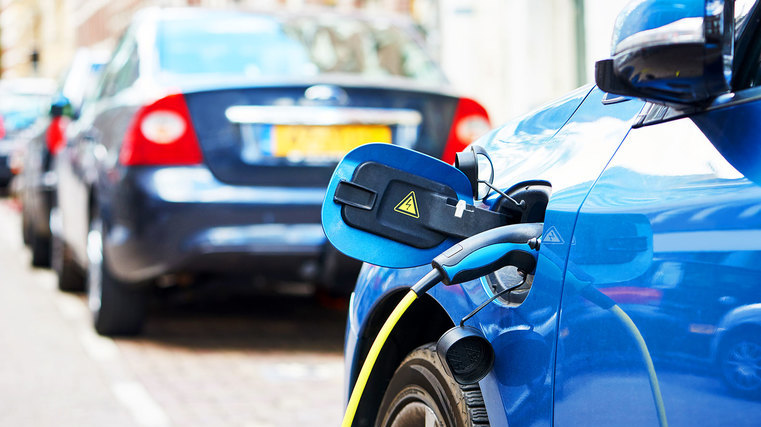Departments reluctant to take up EVs

The new dashboard covering the average CO2 emissions for government agencies with a fleet of light vehicles shows how little progress has been made in complying with ministers’ desire for greater uptake of electric vehicles.
The database shows so far just 0.46 per cent of the government’s light fleet of 15,371 vehicles are EVs. This is despite ministers for more than a year urging their uptake. In more recent months, cabinet has made its directions clearer and the dashboard is intended to monitor progress and ‘name and shame’ laggards.
The government has a goal that virtually all new vehicles entering its fleet should be emissions free by 2025/26. The new guidelines say when agencies purchase replacement vehicles from the all-of-government motor vehicles contract, they must target the purchase of vehicles with carbon dioxide (CO2) emission profiles 20 per cent below their agency’s current fleet average.
As of quarter 3, the fleets average CO2 emissions was 169 g/km. The worst performing agency in terms of average vehicle emissions was the NZ Antarctic Institute with just six light vehicles averaging 254 CO2 g/km.
Of the larger agencies with more extensive light vehicle fleets, Fire and Emergency NZ was ranked 72nd worst out of 79 agencies with 1,017 vehicles and an average 207 CO2 g/km. The Department of Conservation (DOC) was 70th with 794 vehicles with an average of 203 CO2 g/km.
The Police with one of the largest fleets of 3,094 vehicles was ranked 67th with an average of 199 CO2 g/km.
In terms of EV take up, many of the agencies have similar reasons to the general public not to buy them – they are generally more expensive to purchase up front, the models available do not suit their needs and they are concerned about range limitations.
The best performing agency in terms of emissions was the Serious Fraud Office with an average of 39 CO2 g/km, however, it has just one car.
NZ Trade and Enterprise was second with 25 vehicles averaging 83 CO2 g/km. Of the medium sized agencies, some District Health Boards were amongst the highest ranked, while the NZ Transport Agency was 7th with 146 vehicles averaging 139 CO2 g/km. The Ministry of Social Development was ranked 13th with 1,231 vehicles averaging 146 CO2 g/km.
Most agencies had no EVs at all. Amongst those in this category are the Department of Corrections which had 1,191 vehicles, no EVs and four hybrids. Fire and Emergency NZ has no EVs or hybrids. NZ Transport Agency had 146 vehicles of which 38 were EVs. At 26 per cent of its fleet it had the highest percentage of its fleet as EVs.
The Ministry of Business, Innovation and Employment (which compiles the statistics and is responsible for measuring progress) had 159 vehicles, of which one was an EV and was ranked 49th in terms of emissions. The Ministry for the Environment does not own a light vehicle fleet.





